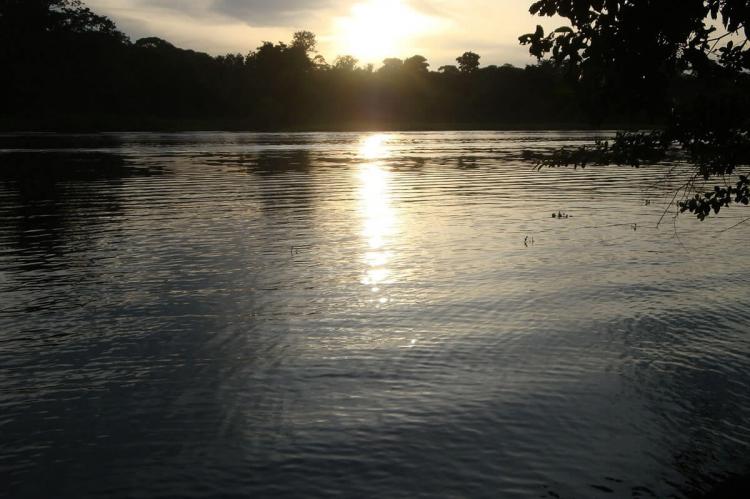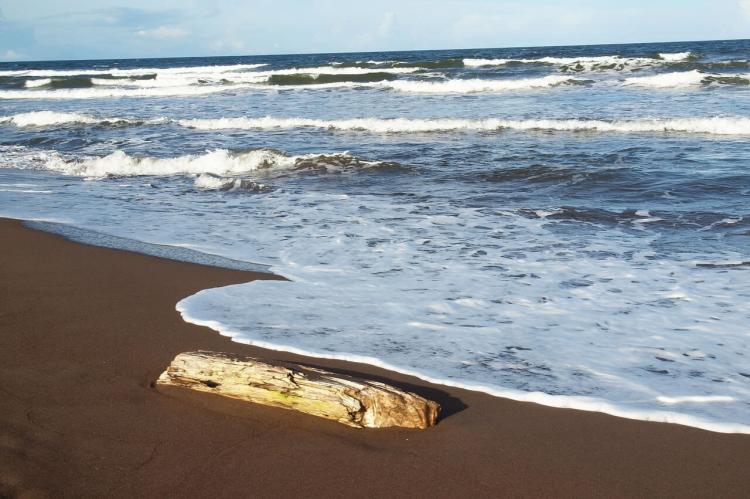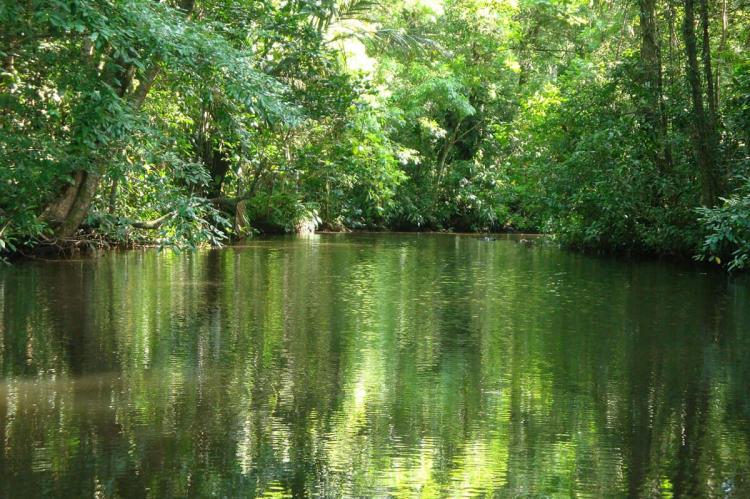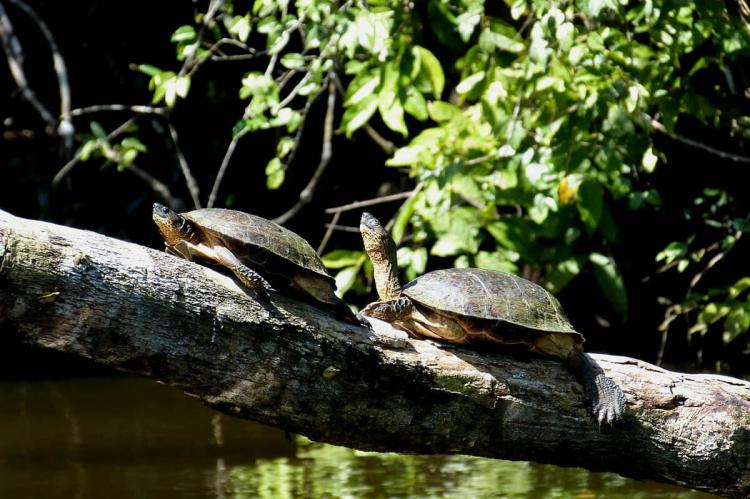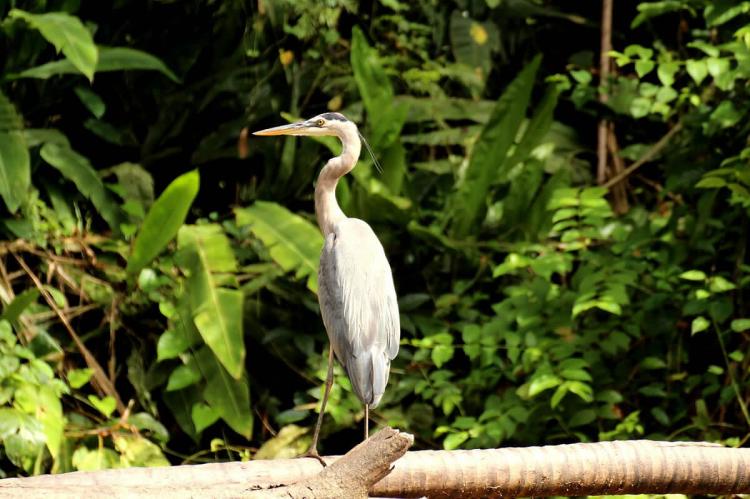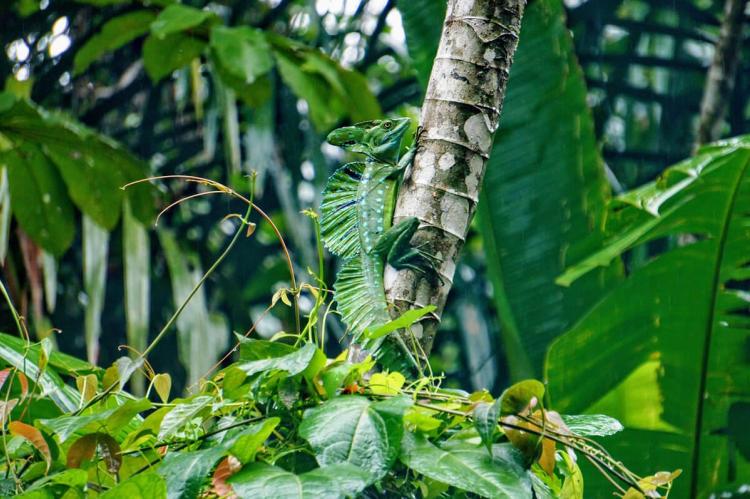Tortuguero National Park: A Coastal Haven in Costa Rica's Wilderness
Tortuguero National Park is a masterpiece of nature in the northern reaches of Costa Rica's Limón Province. This vital Ramsar site is a coastal gem that embraces an assortment of eleven distinct habitats, including rainforests, mangrove forests, swamps, beaches, and lagoons.
Tortuguero National Park
A Coastal Haven in Costa Rica's Wilderness
Nestled in the northern reaches of Costa Rica's Limón Province, Tortuguero National Park is a 31,174-hectare (77,032-acre) masterpiece of nature. This vital Ramsar site coastal gem embraces a medley of eleven distinct habitats, including rainforests, mangrove forests, swamps, beaches, and lagoons. It weaves seamlessly into Nicaragua's Indio Maíz Biological Reserve, forming a vital corridor for the region's rich biodiversity.
Diverse Habitats, Abundant Rainfall
Tortuguero National Park is a symphony of life, thriving in a humid tropical climate that bathes the landscape with a staggering 6,400 millimeters (250 inches) of rainfall annually. The park's diverse habitats foster an incredible biological diversity, creating a haven for myriad species.
Stretching over 32 kilometers (20 miles) of coastline, the park provides a secure haven for sea turtles to fulfill their ancient nesting rituals. During the winter months from February to July, hawksbill, loggerheads, green, and leatherback turtles grace the shores, leaving a legacy for future generations.
Rich Rivers, Mysterious Forests
Rivers crisscrossing the park host a delicate balance of aquatic life, from gentle manatees to stealthy caimans, crocodiles, and the intriguing tropical gar—a living fossil from the depths of time. In the lush forests, elusive jaguars, three-toed sloths, and three of Costa Rica's monkey species find their refuge: Geoffroy's spider monkey, the mantled howler, and the white-headed capuchin.
Basilisk lizards and vibrant poisonous frogs share the terrain with an avian extravaganza—375 species of birds paint the skies. Tortuguero National Park is a yearly migratory stopover for nearly a million birds, from vibrant kingfishers to majestic toucans, elegant blue herons, resplendent peacocks, and playful parrots.
Ecosystem Abundance: Land and Water
The park's ecosystem unfolds as a botanical wonderland, boasting over 400 tree species and approximately 2,200 other plants. The landscape is a canvas of botanical marvels, from the towering Inga spp. to the resilient Pterocarpus officinalis.
Lakes, marshes, and floodplains harbor various flora, from the stately Pachira aquatica to the majestic Pentaclethra macroloba. During the dry season, floating aquatic plants like Azolla, Eichhornia, Hydrocotyle, and Salvinia carpet the streams, creating a mesmerizing spectacle.
Balancing Nature and Humanity
Surrounded by sprawling cattle ranches and agricultural lands, Tortuguero National Park remains a beacon of nature in a human-dominated landscape. The park lacks permanent human settlements, a testament to its commitment to conservation.
While the early 20th century witnessed human activities such as timber logging and wildlife exploitation, today, the park is a model of sustainable practices. Local inhabitants engage in responsible forest product collection, fishing, and tourism—activities carefully managed to balance human needs with nature's resilience.
Conclusion: A Coastal Symphony
Tortuguero National Park's coastal symphony echoes through mangroves, rainforests, and pristine beaches. As sea turtles continue their ancient dance and wildlife thrives in the embrace of diverse habitats, the park stands as a testament to the delicate balance between humanity and the untamed beauty of nature.
